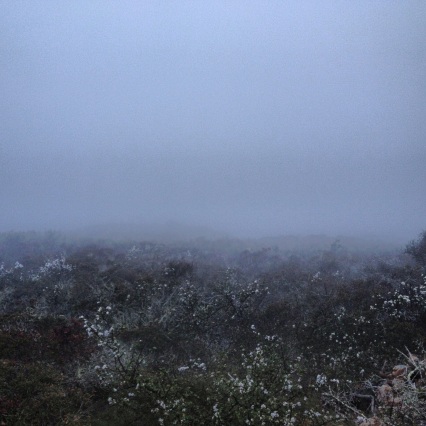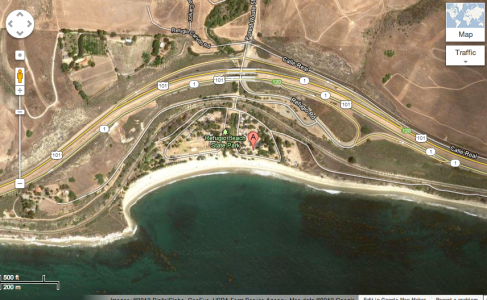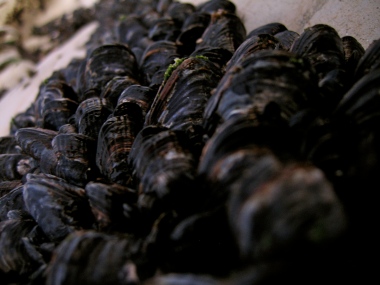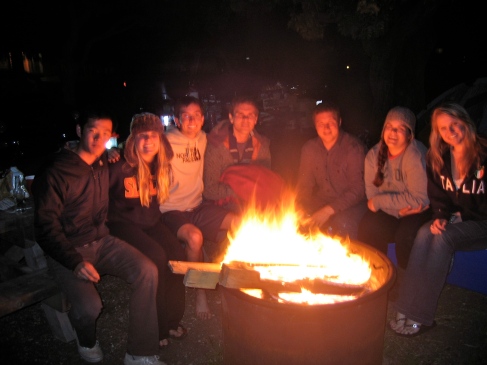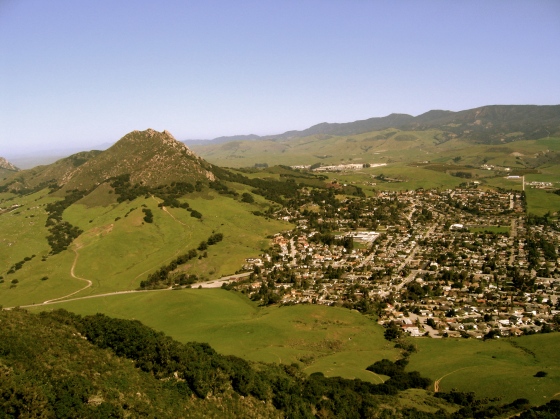
Sometimes we all just need a break from media technology.
I learned something new tonight. Or rather, I learned to appreciate something I’ve been told many times. Sometimes you just have to leave the technology behind. I always heard this and thought, yeah, yeah. I’ll put my phone on silent for an hour during yoga. I’ll only put my ipod headphones in one ear. I’ll only take a few pictures during the hike.
But between the twitter updates, facebook notifications, constant slew of emails, text messages, and phone calls, how am I really supposed to simply experience the moment as-is, at face value, without worrying about snapping a perfect shot or “checking in” on facebook? It’s possible that far too often we are so focused on documenting each moment of an adventure that we miss out on fully appreciating the experience. It’s so easy to forget just how much we rely on technology every day.
So, tonight, in lieu of going to the movies or meeting a group for dinner or relaxing at a coffee shop, my friend Leila and I hopped in her car, tossed the phones in the back, ditching any means of telling time, or GPS, and began a spontaneous “I’m fed up with technology” drive up Hwy 1. We were free. Where exactly our “freedom” would lead us, we had no idea. Because we couldn’t just pull up Google Maps on her IPhone, or look up restaurants to eat at on yelp, or search for nearby towns. All we had was the radio, a full tank of gas, and…a thunderstorm?!
Yup, no sooner than we set off on our expedition to nowhere lightning shot across the sky. We didn’t know about the rain because my weather app was discarded in the backseat. This downpour just made the trip all the more of an adventure! We drove past Cuesta College, past Bishop’s peak and three more of the “seven sisters”; past Morro Bay; past Cayucos; through miles of open land and green lush rolling hills. This beautiful view was not admired from behind a camera lens or hindered by the beckoning glow of my blackberry. I saw the earth as-is, in a state of total disconnect from the social world. The combination of the patter of the rain, the soft static of the radio, and the calm landscape in front of me soothed my restless mind, and at that moment I felt at peace.
That led me to another realization. It’s not always about the destination. Sometimes we’re so focused on where we’re going that we forget to enjoy the view along the way. Tonight, our path was undetermined. The road was ours for the taking. We didn’t know where we were going, we just knew we were getting there. The journey became the destination, and the adventure was letting the pavement unfold in front of us.
Eventually the glow of small-town lights drew us in to Cambria, where we took some time exploring the quaint town by night and culminating the evening with a karaoke rendition of Fleetwood Mac’s “Don’t Stop Thinking About Tomorrow” in the Lodge on top of the hill. No, I didn’t record our moment on stage. No, I didn’t tweet about it. I enjoyed what I was doing, in the moment, not caring about anyone that wasn’t in the room with me, right then. And it felt awesome.
It wasn’t until, six hours later and back in SLO, we succumbed to social obligations and reached for our phones. The mental break from technology was a therapeutic experience, and I hope to someday travel somewhere for a prolonged period of time where technology is out of reach and out of mind entirely. Until then, a little drive up the coast from time to time sans phone will suffice.
I find it funny, though, that within minutes of crawling into bed I reach once again for technology, as I sit here writing this blog entry. I guess some habits are hard to change.
Nevertheless, take the time every so often to put the phone or camera down, leave the constant contact behind, and escape. As I learned tonight, the view is better with both eyes open.
“…didn’t have a camera by my side this time, hoping to see the world with both my eyes…” – 3×5, John Mayer



